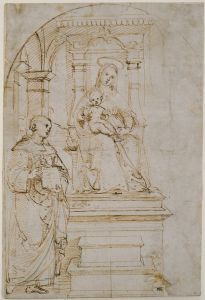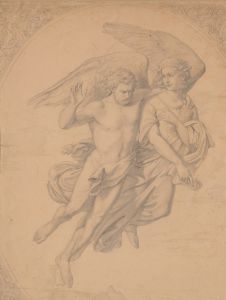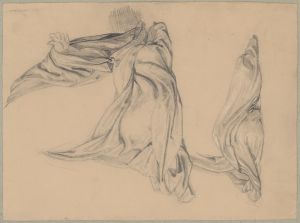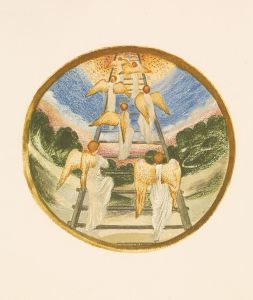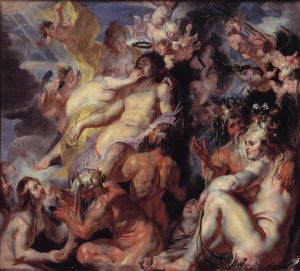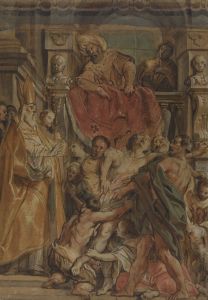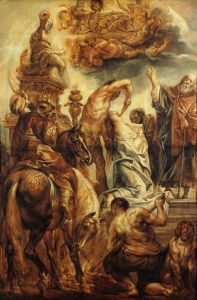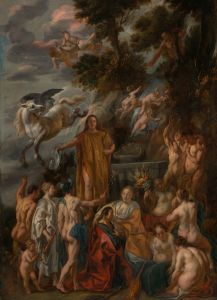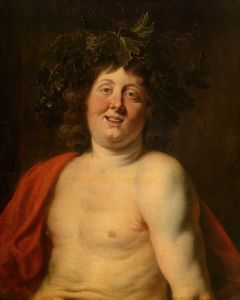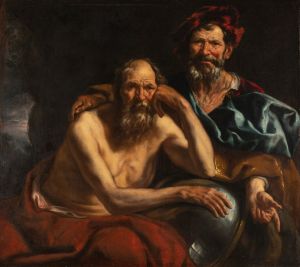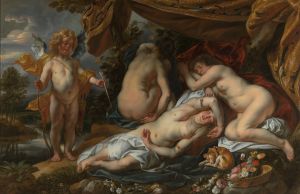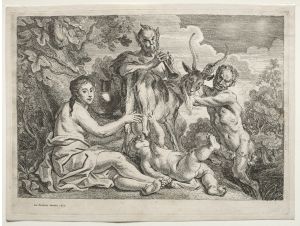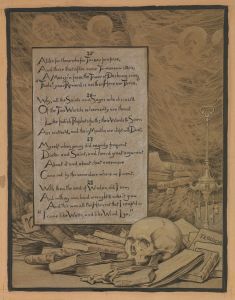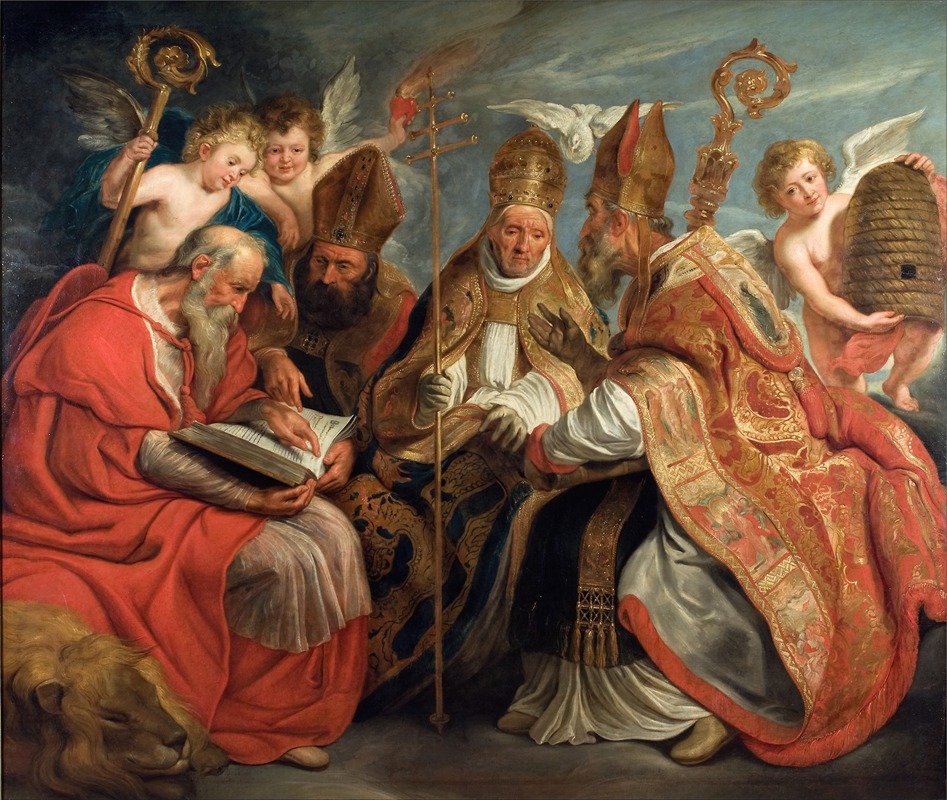
The Four Fathers of the Latin Church
A hand-painted replica of Jacob Jordaens’s masterpiece The Four Fathers of the Latin Church, meticulously crafted by professional artists to capture the true essence of the original. Each piece is created with museum-quality canvas and rare mineral pigments, carefully painted by experienced artists with delicate brushstrokes and rich, layered colors to perfectly recreate the texture of the original artwork. Unlike machine-printed reproductions, this hand-painted version brings the painting to life, infused with the artist’s emotions and skill in every stroke. Whether for personal collection or home decoration, it instantly elevates the artistic atmosphere of any space.
"The Four Fathers of the Latin Church" is a notable painting by the Flemish Baroque artist Jacob Jordaens. Created in the 17th century, this artwork exemplifies Jordaens' mastery in depicting religious themes with a dynamic and vivid style characteristic of the Baroque period.
Jacob Jordaens (1593-1678) was a prominent painter from Antwerp, known for his vibrant use of color, dramatic compositions, and robust figures. He was a contemporary of Peter Paul Rubens and Anthony van Dyck, and while he never traveled to Italy, his work was influenced by the Italian Renaissance and Baroque movements through the works of these peers and other artists.
"The Four Fathers of the Latin Church" portrays the four great Doctors of the Western Church: Saint Augustine of Hippo, Saint Jerome, Saint Ambrose, and Pope Gregory I. These figures were instrumental in shaping early Christian theology and doctrine. Each of these saints is depicted with attributes that identify them and their contributions to the Church.
Saint Augustine of Hippo (354-430) is often shown with a heart, symbolizing his theological emphasis on the love of God. He was a philosopher and theologian whose works, including "Confessions" and "The City of God," have had a lasting impact on Christian thought.
Saint Jerome (c. 347-420) is typically depicted with a lion, referencing the legend of him taming a lion by removing a thorn from its paw. He is best known for his translation of the Bible into Latin (the Vulgate), which became the standard text for the Catholic Church for many centuries.
Saint Ambrose (c. 340-397) is often shown with a beehive or bees, symbolizing his eloquence and the sweetness of his preaching. As the Bishop of Milan, he was a significant figure in the early Church, known for his role in the conversion of Saint Augustine and his writings on Christian ethics and liturgy.
Pope Gregory I (c. 540-604), also known as Gregory the Great, is frequently depicted with a papal tiara and a dove, symbolizing the Holy Spirit's inspiration in his writings. He was a prolific writer and is credited with initiating the Gregorian Chant, a form of plainchant used in the liturgical services of the Church.
In Jordaens' painting, these four figures are likely shown in a setting that emphasizes their scholarly and spiritual contributions. The composition would typically include rich, dramatic lighting and a sense of movement, hallmarks of Jordaens' style. The use of color and texture in the painting would serve to highlight the individuality and significance of each saint.
"The Four Fathers of the Latin Church" reflects Jordaens' ability to convey complex theological themes through accessible and engaging visual narratives. His work remains an important part of the Baroque artistic legacy, illustrating the interplay between art, religion, and culture in 17th-century Europe.
The painting is a testament to Jordaens' skill in portraiture and his deep understanding of religious iconography, making it a significant piece in the study of Baroque art and the depiction of ecclesiastical figures.





